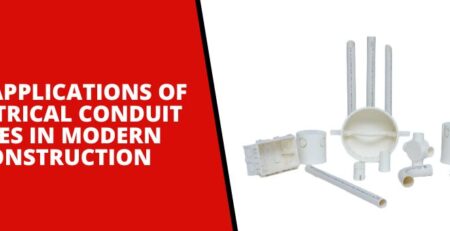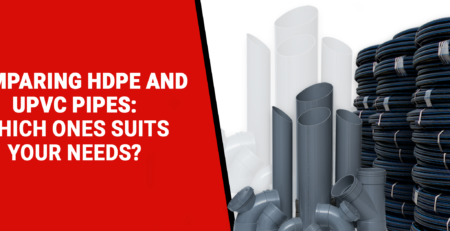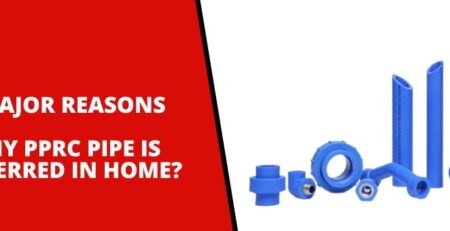PPRC Pipe Installation: Common Mistakes and How to Avoid Them
When it comes to installing plumbing systems that are built to last, PPRC (Polypropylene Random Copolymer) pipes are among the top choices for both residential and commercial applications. Known for their heat resistance, chemical stability, and long-term durability, PPRC pipes are ideal for modern water supply systems. However, even the best materials can underperform if not installed correctly. In this blog, we’ll explore the most common mistakes made during PPRC pipe installation and how to avoid them to ensure maximum performance and lifespan.
Why Proper Installation Matters
Even though PPRC pipes are engineered for strength and reliability, improper installation can compromise their integrity. From leaks and weak joints to pressure imbalances and system failures, the consequences of poor installation can lead to expensive repairs and maintenance down the line.
Top PPRC Pipe Installation Mistakes and How to Prevent Them
Mistake |
Description |
How to Avoid |
|---|---|---|
| Incorrect Heat Fusion Timing | Overheating or underheating the pipe and fitting during fusion can lead to weak joints or deformation. | Follow manufacturer guidelines for heating duration and cooling times. Use a calibrated fusion tool. |
| Improper Alignment | Misaligned pipes can cause stress at the joints and potential leakage. | Always ensure pipes and fittings are perfectly aligned before and during heat fusion. |
| Inadequate Support and Clamping | Without proper support, pipes may sag or experience stress, especially when hot water is flowing. | Install clamps and brackets at recommended intervals to prevent bending and sagging. |
| Fusion in Contaminated Environment | Dirt, grease, or moisture on pipe ends can interfere with fusion. | Clean the surfaces thoroughly before heating and joining. Use clean, dry cloths. |
| Skipping Pressure Testing | Not testing the system can result in undetected leaks or weak joints. | Always perform a hydrostatic pressure test before system commissioning. |
| Ignoring Expansion Gaps | Thermal expansion can cause pipes to buckle or crack if no room is left for movement. | Leave expansion loops or gaps as recommended, especially in long straight runs. |
Comparison: PPRC vs Other Plastic Pipe Installations
Aspect |
PPRC Installation |
PVC/CPVC Installation |
| Jointing Method | Heat fusion (permanent, seamless) | Solvent cement (chemical bonding) |
| Durability | High; joints become part of the pipe | Moderate; joints can weaken over time |
| Skill Required | Higher; needs proper tools and training | Lower; more DIY-friendly |
| Risk of Leakage | Low (if fused correctly) | Higher (dependent on adhesive and curing) |
Best Practices for Long-Lasting PPRC Installations
- Use only manufacturer-recommended tools and accessories.
- Train technicians properly on fusion techniques.
- Store pipes in shaded areas to prevent UV damage before installation.
- Mark and measure accurately to avoid unnecessary cutting and waste.
- Ensure system flushing after installation to remove debris.
Where to Get Trusted PPRC Pipes and Installation Advice
At Nepro Pipes, we don’t just sell PPRC pipes—we provide the knowledge and tools needed for flawless installations. Our pipes are tested to meet international standards, and we offer technical support to help ensure every project is executed perfectly.
Final Verdict
PPRC pipes offer unmatched durability and performance when installed correctly. By understanding and avoiding common mistakes, you can ensure a leak-proof, long-lasting plumbing system that performs reliably year after year. For expert guidance, top-quality products, and a trusted partnership, choose Nepro Pipes.
Visit our website today to explore our range and get started with your next plumbing project the right way!












Leave a Reply